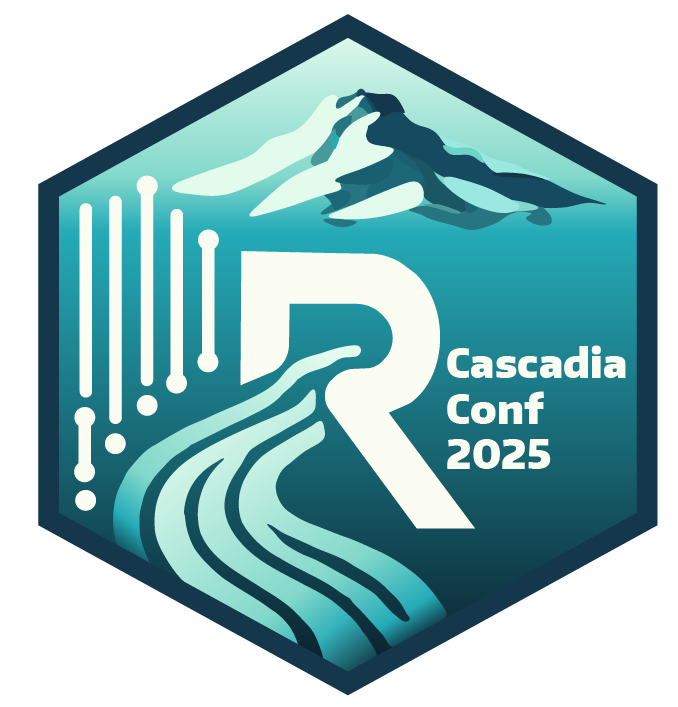Scientists in government and beyond are often tasked with preparing analysis-driven reports that inform policy and are crucial for documenting the state of their programs at regular intervals (e.g., annually, quarterly, monthly). Although these reports typically follow the same format for each iteration, updating content with new data from previous document line by line can lead to inefficient writing and introduce errors. Alternatively, R and R Markdown can be used to systematically modernize report creation. To address this need within our agency I have developed a new R package, {NMFSReports}, which uses R and R Markdown to provide an analysis-to-product approach to report writing by centralizing back-end data analyses and efficiently streamlining copy-edit and design sub-processes. The {NMFSReports} R package first creates the basic report outline and folder architecture to create reproducible reports, and then provides users with grammar and organization helper functions that assist in report writing. To aid in the final publication process, this workflow can also be used to produce intermediate output files for subject matter experts and collaborators to review and use. {NMFSReports} can produce copy-edit ready and accessibility-compliant documents for editors, style guide-formatted and flow-in ready text (including bibliography, footnote, and figure and table caption management) for authors, tables and figures for graphic designers, and web-ready data files for web tool developers. Though this package is in early stages of development, it is already clear it has the potential to save colleagues across our agency countless hours and improve efficiency and consistency among our teams and offices. Though developed for reports produced by scientists at NOAA Fisheries, the concepts and structures behind {NMFSReports} have utility for anyone seeking to streamline reports, graphics, and web tools.
Bio: Emily Markowitz is a Research Fisheries Biologist in the Eastern Bering Sea Survey Team in the Groundfish Assessment Group at NOAA’s Alaska Fisheries Science Center (AFSC) in Seattle, WA. Before AFSC, Em worked in Silver Spring, MD where she was a contractor for the Office of Science and Technology (OST) in the Economics and Social Analysis Division providing statistical and data visualization expertise for the national annual Fisheries Economics of the US report. Before that, Em was a John A. Knauss Marine Policy Fellow working in OST’s Assessment and Monitoring Division’s Protected Species Science Branch working on sea turtle issues and marine mammal acoustics. Em obtained her BS and MS degrees in quantitative fisheries ecology from Stony Brook University. Her thesis research focused on the development of species distribution models that combined fisheries-independent bottom trawl survey data with oceanographic models to predict suitable habitat and distributional shifts.
